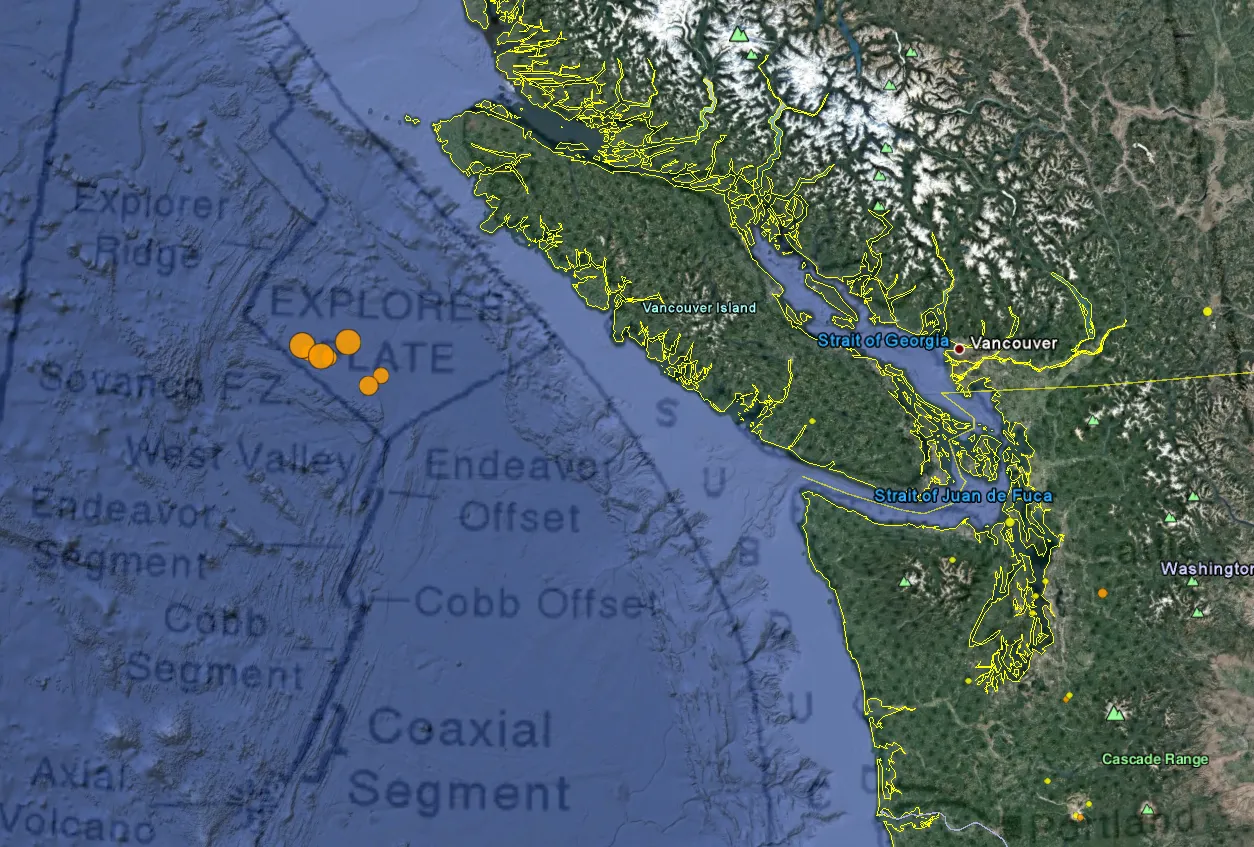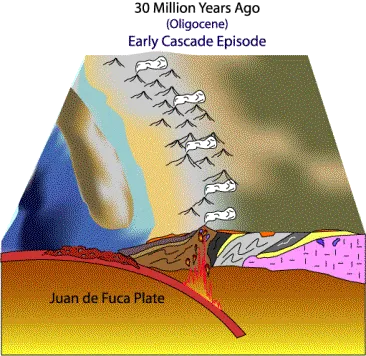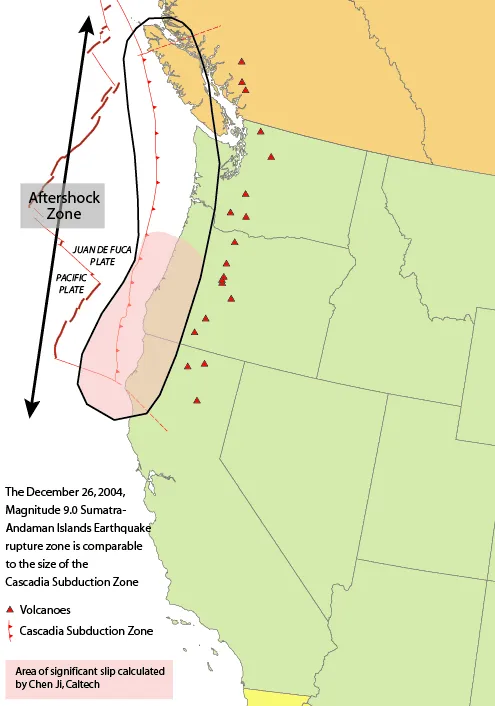Mag 6.8, 6.6, 6.5, 5.2, 4.9, 4.4, 4.3 on 221018

"The Explorer Plate is an oceanic tectonic plate beneath the Pacific Ocean off the west coast of Vancouver Island, Canada and is partially subducted under the North American Plate." https://en.wikipedia.org/wiki/Explorer_Plate

A feature named “Haida Channel”, classified in the Gazetteer as a trough at the geographic coordinates 49° 15.00” N, 129° W, was found to fall in the middle of a large basin with no trough-like feature in the vicinity. Local knowledge of an undersea trough named Haida Channel could not be obtained during this exercise, and therefore no feature has been assigned the name Haida Channel. http://publications.gc.ca/collections/collection_2014/mpo-dfo/Fs97-4-2864-eng.pdf

Links to quake data pages
Mag 6.8 https://earthquake.usgs.gov/earthquakes/eventpage/us1000hfgv
Mag 6.6 https://earthquake.usgs.gov/earthquakes/eventpage/us1000hfgn
Mag 6.5 https://earthquake.usgs.gov/earthquakes/eventpage/us1000hfh3

"The last of the Farallon Plate is now made of three small fragments: The Gorda, Juan de Fuca and Explorer plates. The Explorer Plate broke off from the Juan de Fuca plate between 5 and 7 million years ago. As it did, the Cascade Arc resumed and the modern Cascade and Olympic Mountains began to rise."

https://earthquake.usgs.gov/earthquakes/eventpage/us1000hfgv/shakemap/intensity